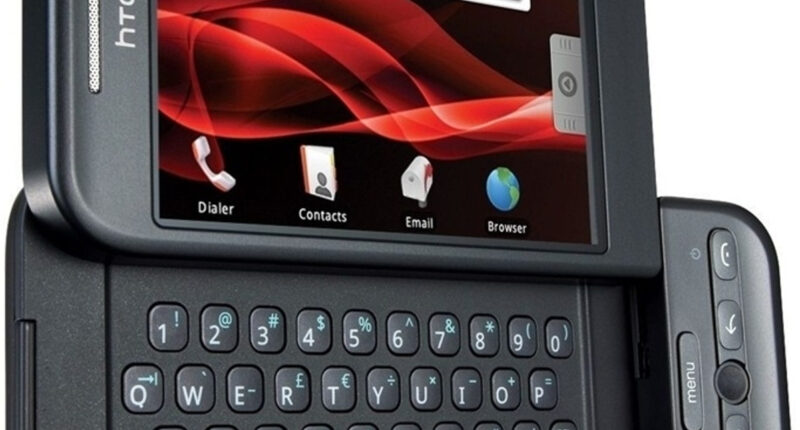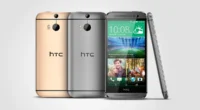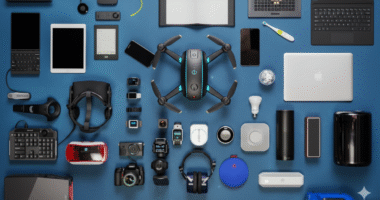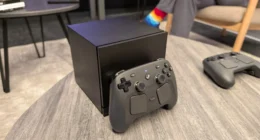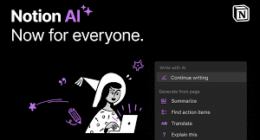The First Android Phone: How It Changed Mobile Technology Forever
The launch of the first Android phone marked a turning point in mobile technology, forever changing how we interact with smartphones. Before Android, the market was dominated by devices with limited functionality and closed ecosystems. Android introduced openness, flexibility, and innovation, creating the foundation for billions of smartphones worldwide.
The Launch of the First Android Phone
HTC Dream (T-Mobile G1)
The first Android phone, known as the HTC Dream or T-Mobile G1, was released in October 2008. It featured a 3.2-inch touchscreen, slide-out QWERTY keyboard, and 192 MHz Qualcomm processor, which was modest by today’s standards but revolutionary at the time.
Key Features
The HTC Dream introduced several features that would define Android smartphones, including Google Maps integration, a customizable home screen, and access to the Android Market (now Google Play Store). It ran Android 1.0, providing developers and users the first glimpse of an open mobile operating system.
Why the First Android Phone Was Revolutionary
Open Ecosystem
Unlike competitors like Apple’s iPhone, Android allowed third-party developers to create apps and distribute them freely. This openness fueled innovation, leading to millions of apps today.
Customization and Flexibility
Users could customize their home screens, widgets, and notifications, a concept that was largely unavailable on other devices at the time. This flexibility made Android appealing to tech enthusiasts and everyday users alike.
Google Services Integration
The HTC Dream offered seamless integration with Google services like Gmail, Google Calendar, and Google Maps. This made it one of the first smartphones to combine communication, productivity, and navigation in a single device.
The Legacy of the First Android Phone
Growth of the Android Platform
The success of the HTC Dream paved the way for future Android devices. Over the years, Android evolved with faster processors, high-resolution displays, and advanced cameras, making it the world’s most popular mobile operating system.
Influence on Mobile Technology
The HTC Dream inspired hardware and software innovation across the industry. Features like customizable widgets, app stores, and multi-tasking became standard in smartphones today. It also demonstrated the potential of an open-source OS, giving consumers more choice and fostering competition.
Conclusion
The first Android phone was more than just a device—it was the beginning of a mobile revolution. With its open ecosystem, customizable interface, and Google integration, the HTC Dream set the stage for the modern smartphone era. Today, Android powers billions of devices worldwide, and its impact continues to shape the way we communicate, work, and entertain ourselves on mobile technology.
